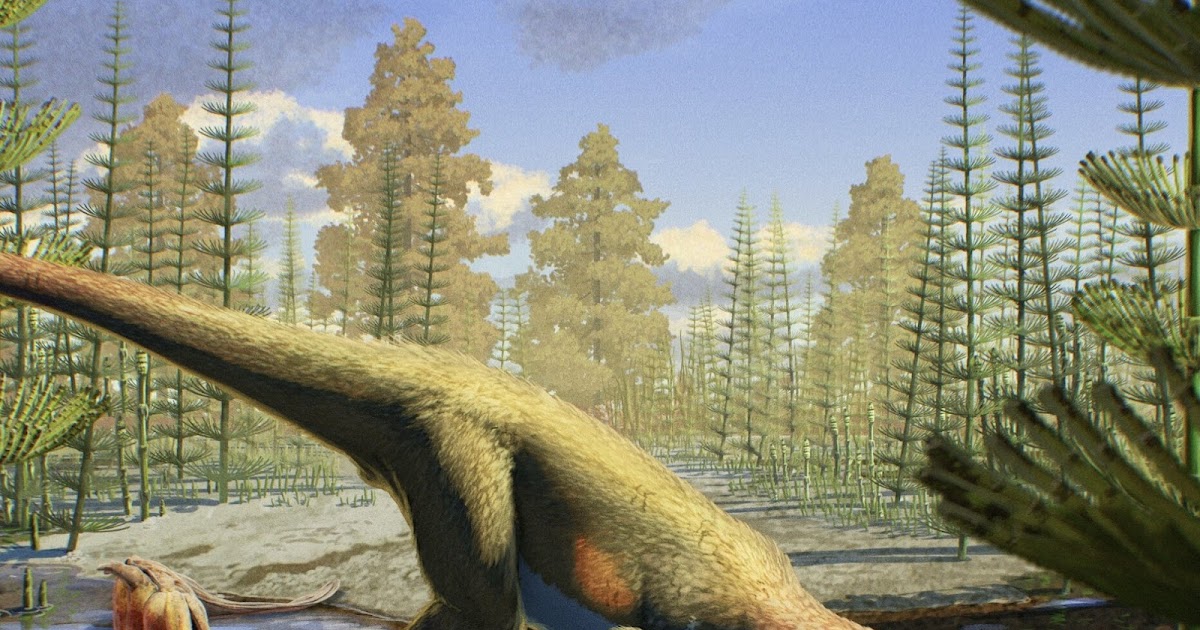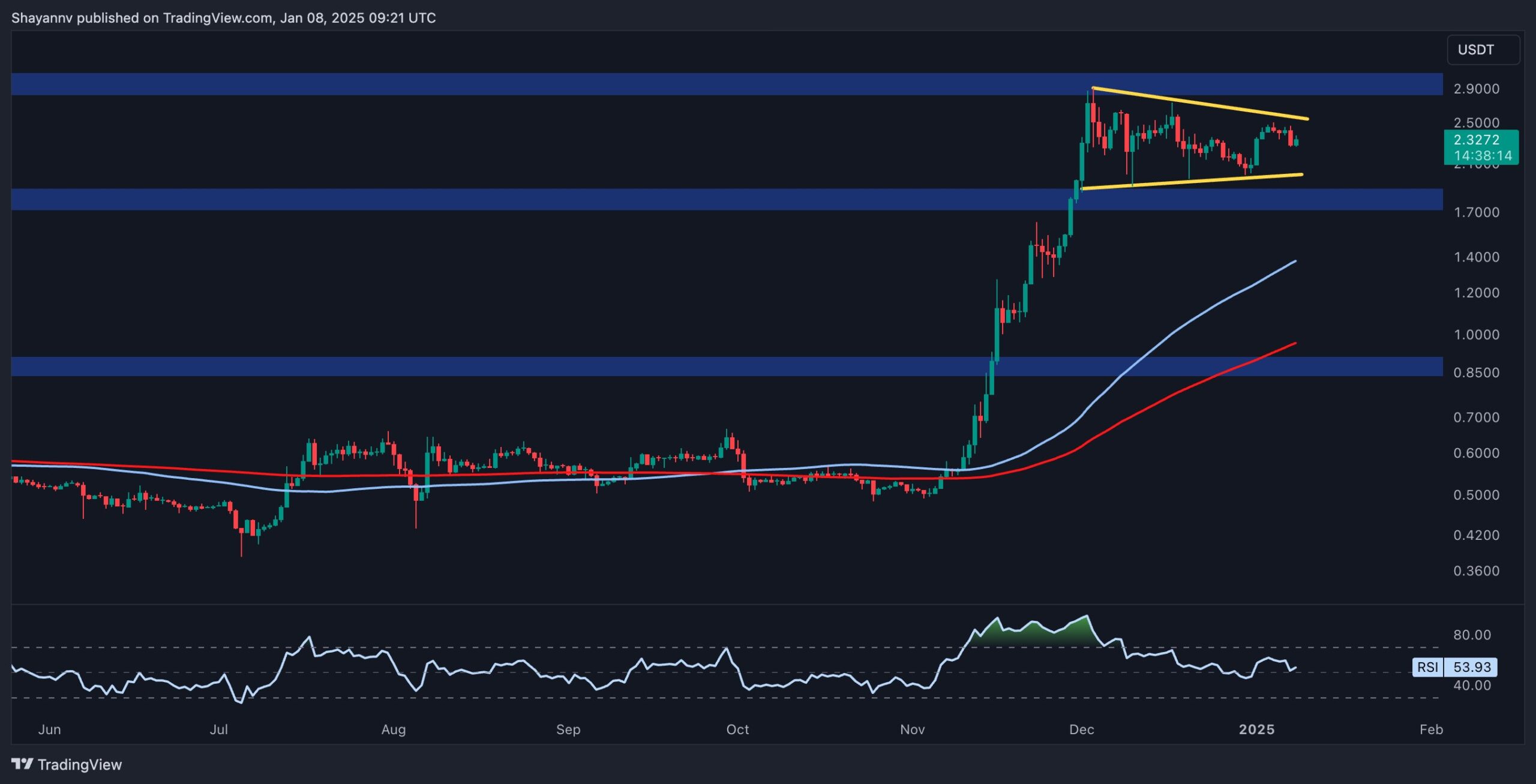Abstract
An extended molecular phylogeny of the genus Dasymaschalon (Annonaceae) has been reconstructed using up to six plastid DNA regions (matK, ndhF, rbcL exons; trnL intron; psbA-trnH, trnL-trnF intergenic spacers). The results unraveled the non-monophyly of a widely distributed D. dasymaschalum. A lineage of D. dasymaschalum native to Java and cultivated at Bogor Botanical Garden represents the true D. dasymaschalum, whereas the name Pelticalyx argentea is applicable to a distantly related clade of D. dasymaschalum from mainland Asia. Dasymaschalon argenteum comb. nov. is accordingly made. Additionally, the true D. dasymaschalum has been retrieved as the sister group of D. halabalanum, a new species from Narathiwat Province, southern Thailand herein described. Pedicel length, petal size and color, and the number of stamens per flower principally distinguish the new species from its sister group.
Keywords: molecular phylogenetics, morphology, new combination, systematics, taxonomy, Magnoliids








Leave a Comment